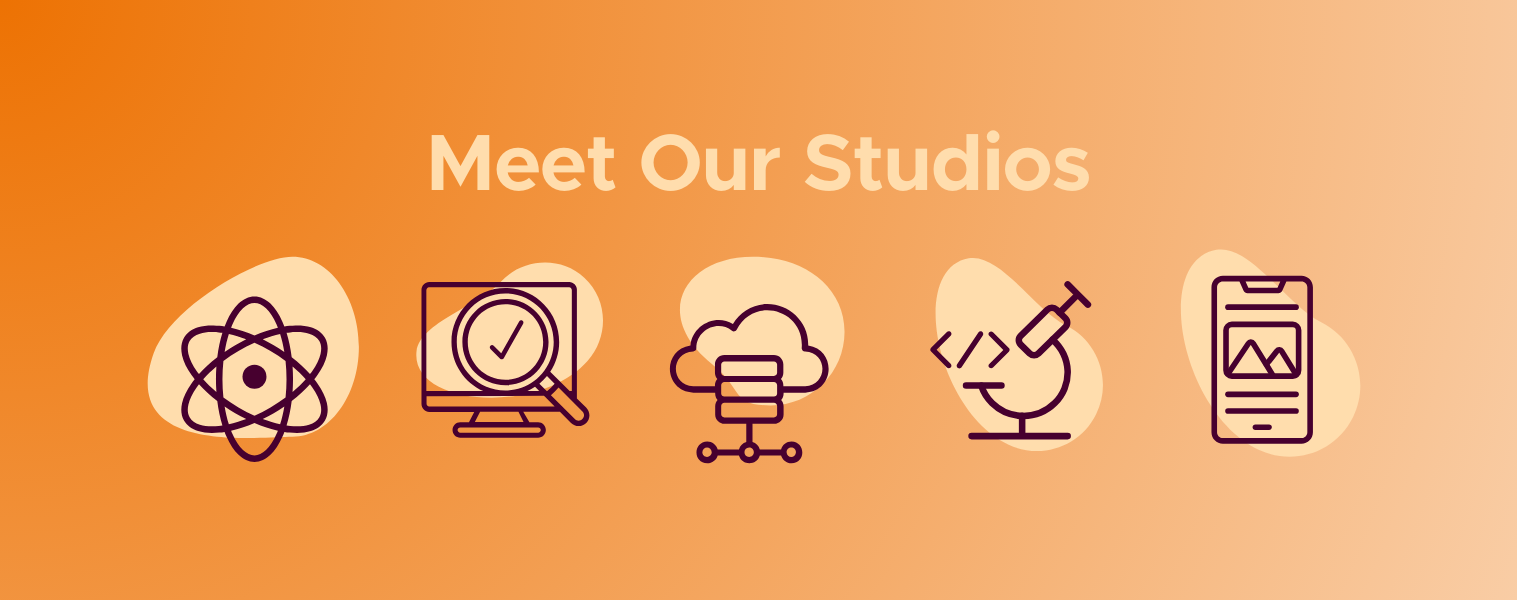
In the past year, artificial intelligence has gone from niche to mainstream at a velocity few technologies achieve. New tools launch weekly, promising faster workflows, instant creativity, and an end to blank canvases. It feels exciting—and disorienting. As a designer exploring a variety of emerging AI tools like Figma AI, Relume, and V0, one realization kept surfacing: if designers don’t lead the AI conversation, we risk becoming followers of systems we didn’t help shape.
The Productivity Trap
The AI narrative so far has been one of speed: faster mockups, faster code, faster research synthesis. And it’s true—AI can make things quicker. Figma AI, for instance, can generate first drafts, rename layers, or wire up interactions in seconds. Relume can generate page flows and export them to Figma or Webflow. V0 translates text prompts into working React components with Tailwind CSS. Fireflies and NotebookLM reduce hours of synthesis into minutes.
Although speed is valuable in today’s fast-paced world, it’s not a substitute for strategy. Faster outputs don’t guarantee better outcomes. Without thoughtful direction, these tools risk reinforcing mediocre defaults and potentially shifting people’s efforts to areas we wanted to avoid in the first place.
As a simple example, consider a project where AI-generated layouts sped up the prototyping phase dramatically, but assume accessibility is not part of the initial prompt or workflow, the resulting design can overlook key contrast issues and interactive elements may be unusable for screen readers. In this case, a team may need to revisit and redo significant portions.
Now, this example may be addressed using thoughtful prompts that explicitly include these considerations. But what happens after the design is presented and we have feedback from stakeholders or clients? We need to dive into the designs to perform changes, most likely dealing with unfamiliar design structures like layers, components, and layouts, and being forced to shift our attention to address technical debt.
What Designers Bring
Designers are often the last line of defense between an idea and the people it’s meant to serve. We’re trained to navigate ambiguity, to ask “why?” before “how fast?”, and to balance what users need with what businesses want. We think in systems, flows, and unintended consequences. And we ask the uncomfortable ethical questions that aren’t always baked into a model’s output.
AI doesn’t replace that. It can’t.
Much of what makes design valuable lies outside the realm of automation. AI can assist with prompts, layouts, and copy, but it can’t tell if a feature excludes users, if a voice feels off, or if an assumption bakes in bias. It might miss exclusionary language rooted in cultural assumptions, fail to consider edge cases because its training data lacked diversity, or prioritize engagement metrics over user well-being. These are not just technical oversights—they’re human issues that require human sensitivity. That still requires designer awareness and responsibility.
From Using to Leading
If designers stay in reactive mode—only learning tools, not leading the conversation—we forfeit influence. The danger is in accepting tools as they are instead of shaping how they evolve.
There are two key lenses to consider: designing for AI (e.g., building AI features into products) and designing with AI (e.g., using AI to enhance our own workflows). Both demand intentionality.
For example, when using Figma Make or FigJam AI, the temptation is to skip ideation altogether. But without a clear design intent, the output is often generic. Similarly, NotebookLM helped organize research notes quickly, but it still required a designer’s judgment to identify which insights mattered. These tools are powerful—but they need guidance.
What We Need Next
We need designers who:
-
Shape prompt patterns, not just consume them. For instance, designers can document effective prompts and variations tailored for specific contexts (e.g., accessibility audits, brand tone exploration) and contribute them to team libraries or AI toolkits.
-
Define ethical guardrails for what AI should and shouldn’t do. This might look like setting constraints in feature development, such as excluding deceptive UI patterns, requiring opt-in transparency for AI-generated content, or flagging when synthetic data is used in research.
-
Collaborate with data scientists, engineers, and PMs to ensure user-centered thinking in AI-infused products. This includes being involved early, influencing how user data is interpreted, and advocating for inclusive datasets.
-
Teach others how to think critically about these tools, not just use them. This could involve hosting internal workshops, writing guidelines, or embedding critical reflection in design reviews.
That means going beyond learning “how to use AI” and instead asking: How should AI be used in the first place? Who does it help? Who might it harm? And what do we design differently because we have it?
A Call Forward
At OrangeLoops, we love emerging tech and we enjoy adopting the latest to create great digital experiences.
We also believe AI won’t replace designers. But designers who embrace AI with intention, critical thinking, and leadership will replace those who don’t.
As designers today, we feel overwhelmed by the pace of change or anxious about our role in an AI-augmented future. These concerns are valid and real.
But the antidote to this uncertainty isn’t retreat, it’s leadership. By stepping forward and actively shaping how AI integrates into our workflows, values, and products, we transform fear into agency. Let’s lead that conversation.
What role do you believe designers should play in shaping AI? I’d love to hear your perspective.
This blog post was created with the help of AI 🙂.

